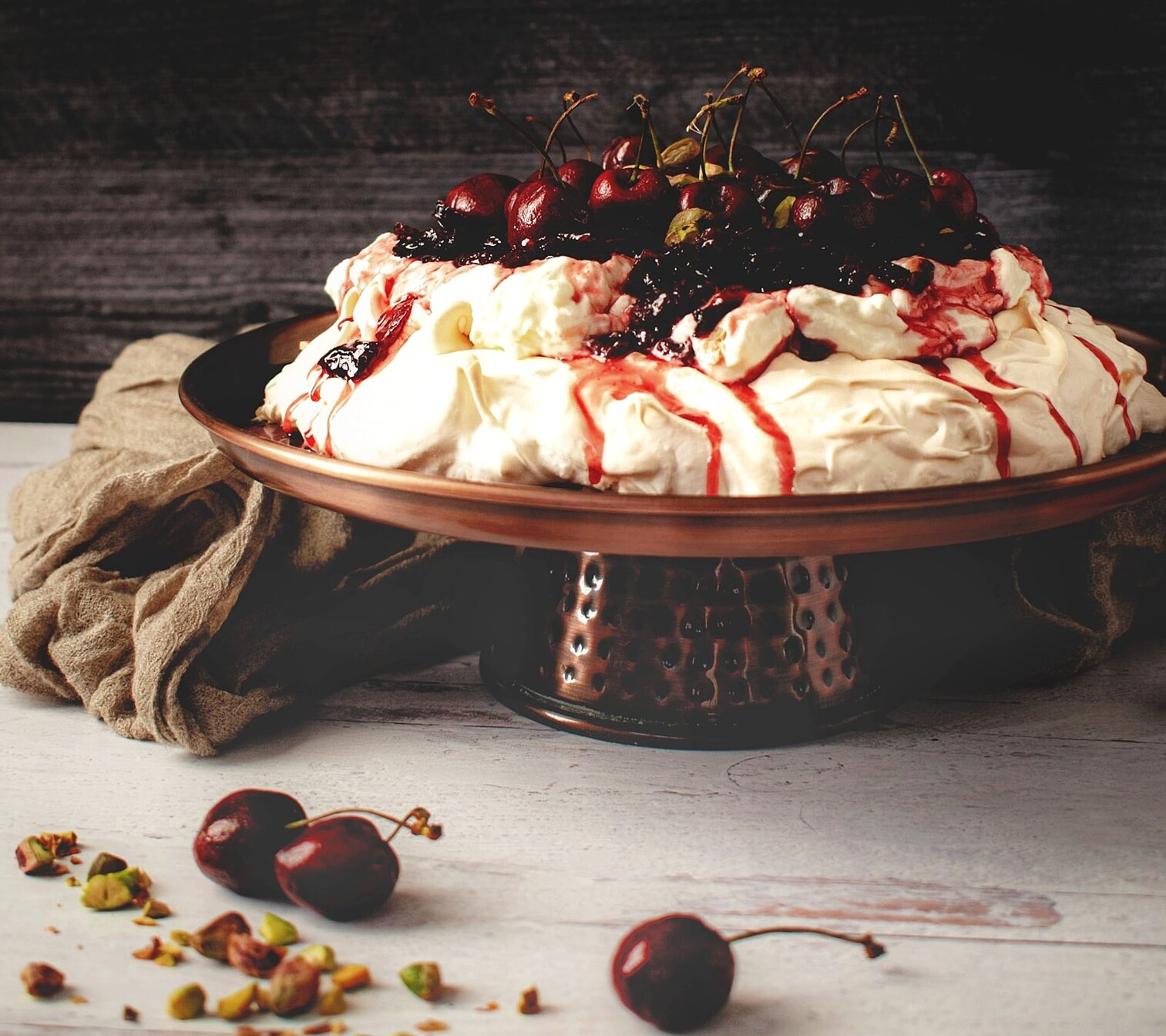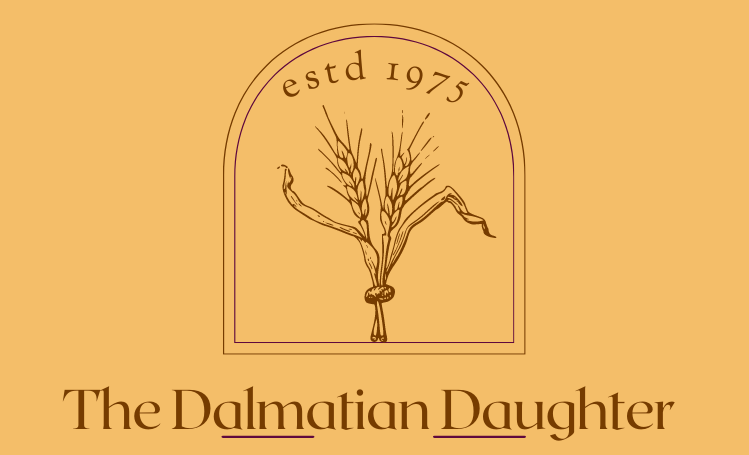Love Stinks, but Cherry Pavlova Doesn’t

Hear me out. When I say “love” stinks, I mean the manufactured love that breathes down our necks each February 14th, forcing us into having a hard look at ourselves, our choices, our loneliness, and our ability to cram the idea of true love into a drug store truffle that’s been sitting on a shelf since New Years or a stuffed animal being sheepishly handed over by a cowering, or just confused, grown man to a grown woman.
Heart Shaped Box
The commercialism has indeed grown way out of hand. Pressure to eat out, eat chocolate (fine, if I must…), have someone, feel inadequate if you are alone, or get awkward Valentines Day cards from your mom (or that guy at work who gives every female in the office a red rose. It’s a true story. He was partially in charge of our bonuses so you kind of let it slide.)
The gist is that love can be constant, and live and breath every day.
My love is Turkish, and it (and he) brings support, laughter, inappropriate conversations in the middle of the night, and much more that defies a place on a list. We share senses and flavors and the texture of touch, and pavlova is the perfect texture for this strangely American holiday.
Do as the Romans, Germans, and Australians Do
Valentine’s Day is not actually American. It originates from the Roman festival of Lupercalia, occurring around the same time of year. Oddly, it was a celebration, perhaps a bit early, of the rite of oncoming spring. Unlike our innocuous truffles, red roses, and dinner reservations, this festival centered around “fertility rites” (which our rites do, beneath the surface and behind closed doors if you’re lucky) and a lottery of sorts to find your partner. It only became Valentine’s Day after the 5th century because the Pope said so.
The origin of pavlova is quite different. Australians claim it for their own, due to a long tradition of making pavlova with almost a sense of nationalism–it was supposedly introduced in 1926 when the billowy, light meringue was compared to Anna Pavlova, a Russian ballerina. Pavlova’s truest origin is German…how romantic. The forms within the pavlova–meringue, fruit, and whipped cream–can be traced back to the good old Austro-Hungarian empire, and to the Spanish Wind Torte of the 19th century.
Regardless of these conflicting origins, I myself was influenced by this red wine cherry pavlova on Cooks with Cocktails. I thought the comfortable swirls of meringue and the cherries as red as a beating heart were right for this day. I bumped up its ethnicity, replacing red wine with Croatian Maraska cherry wine, a sweet nutty liqueur and even a little Croatian sour cherry syrup to ensure sweetness. I also replaced the mascarpone cheese whipped cream with goats cheese cream and dressed the whole thing up with sliced pistachios. Texture, indeed.
The pavlova is sumptuous, sensual, and yet, reliable and comforting. Love can be anything you deem it to be and it comes along in many forms. Enjoy this Croatian Cherry Pavlova if you are alone or together, lovelorn or far too familiar with the four letter word.
Love can be a small, everyday thing. This pavlova can too. A thing of beauty is worth appreciating on Valentine’s Day, the beheading of St. Valentine and the St. Valentines Day Chicago gangland massacre, aside.
